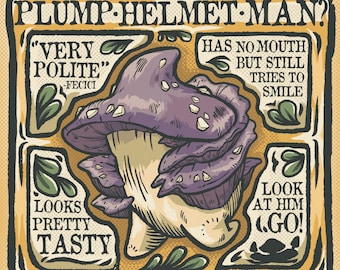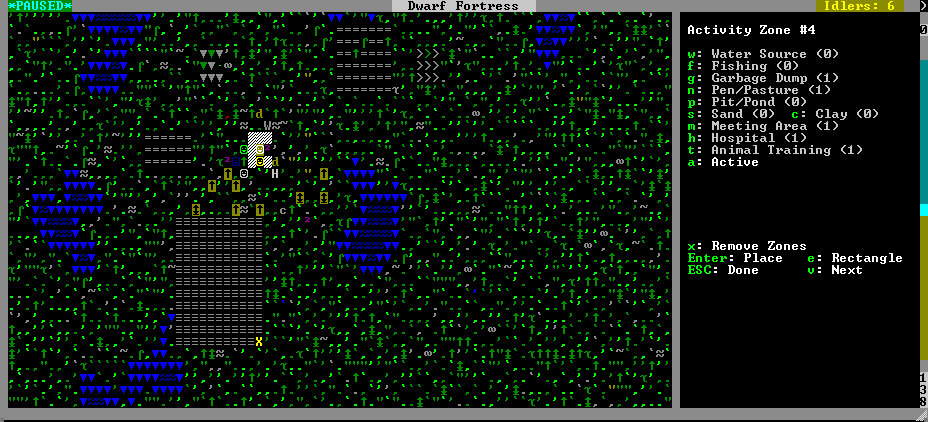



deep pits that connect one cavern level to the next. When your dwarves discover a feature, an announcement window will let you know of it.ĭeep pits: Deep pits are. The average amount of water cavern layers feature depends on your world generation settings, specificallyĮxploring the underground world, you may find a variety of special geographical features. If a body of water in a cavern connects to the map edge, creatures native to subterranean/ underground biomes, that can swim, are able to spawn there, which maybe be considered a danger or a benefit. This can range from a few pools (similar to, but distinct from murky pools) at the bottom level to the whole layer being submerged, forming a gigantic underground sea, including fish and possibly camps of olm men and other fun aquatic creatures. Usually, most cavern layers are filled with water to a certain degree. Generating worlds using the ISLAND template tends to produce much deeper caverns (hundreds of z-levels down) than those with the REGION template, where only 50-60 z levels will separate the surface from the Underworld. Also, the top of a cavern may be higher than the rest of a cavern, so in practice there will be more levels than this. Making this higher will guarantee at least this many levels to build your fortress, but will have no impact on how many z-levels thick the surface layer is. If you hit caverns too often, then you can create a custom world with a higher number for 'Z Levels Above Layer 1' - Levels of stone above the first cavern layer. Beneath the third layer lies the magma sea. They just use the TREE tag to obtain a wood material (they also have a structural material for their live form).The top of the first cavern usually resides about 10-11 z-levels below the surface.Įach cavern layer spans multiple z-levels. Other plants (including trees) add materials in the same way, though trees cannot be used at this time with seeds/thread/drink etc. The seed material and information is established in a similar fashion. We also set a few more numbers to distinguish the alcohol from the template. The material template is just called "alcohol" so we need to give it a proper name. Next we establish an alcohol material in much the same way as the structural material. Any token material can be used here to modify the material that was created from the template. We also modify it a bit to make the plant edible. In general, you can use LOCAL_PLANT_MAT|, PLANT_MAT||, CREATURE_MAT|| or INORGANIC|IRON (though the game might hiccup for a while specifically on plants that aren't structurally plants). Here the material is marked as the structural material (this could be below the edible tags which come next). Here the material is added to the plant, using a template from the material file. Secondly, rotate your crops to include such things as pig tail (to bootstrap a textile industry) or cave wheat (to provide some variety in the diet).Įvery plant needs a structural material so that the game knows how it behaves when it's alive. This will also level up a cook and produce happy thoughts in your dwarves. These produce no spawn, and thus put a dent in the population. There are two ways to combat this - firstly, start cooking them into meals, the fancier the better. If you grow nothing but plump helmets over a large area, your fort may start drowning in plump helmets, a truly terrible condition wherein barrels upon barrels are needed to hold back the waves of purple mushrooms. New players should definitely farm this crop because it grows relatively quickly, can be planted in any season, can be used to make alcohol, or eaten raw if need be. Both eating a plant raw and brewing it will leave plump helmet spawn behind, which can then be transferred to a seed bag, then planted and used to grow more. Keep in mind that cooking plants destroys their seeds, or in this case their "spawn". They are the only plant food-item that can be purchased at embark. They require an underground farm plot, which requires soil or muddy ground. They are one of the fastest growing plants and can be cooked, brewed into dwarven wine and even eaten raw. Plump helmets are the most basic, resilient, and versatile of the six underground plants for dwarves to grow.


 0 kommentar(er)
0 kommentar(er)
